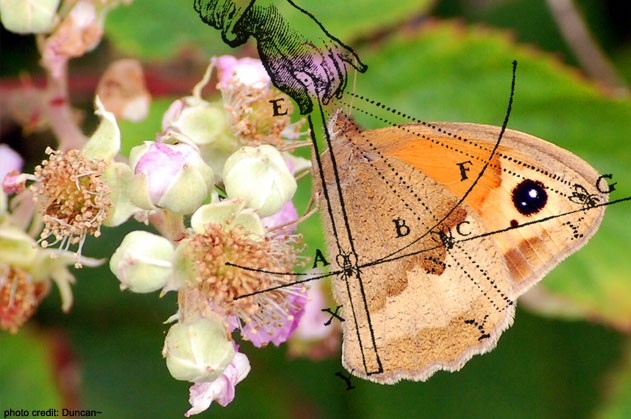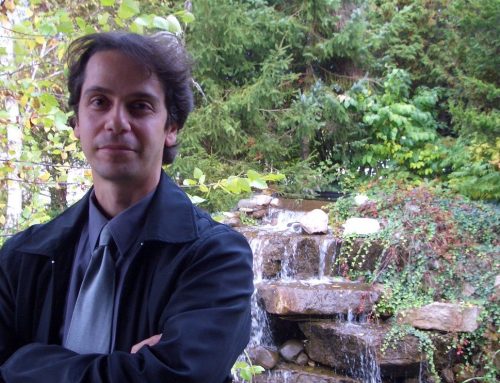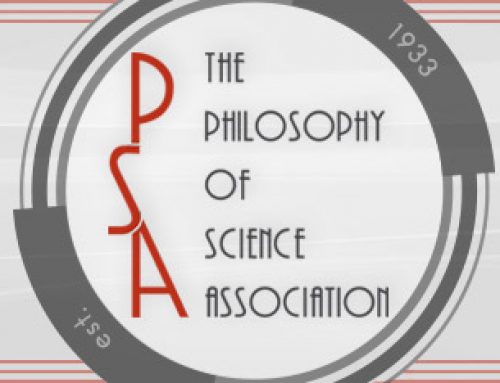On Sept. 14th at 4:50 am EST the LIGO facilities in Livingston, LA and Hanford, WA recorded a brief flash of light. Barely two weeks into its first run after an upgrade, LIGO detected its first gravity wave (Abbott et al. PhysRevLett 116:061102). Gravity waves are vibrations of spacetime and they were first identified as mathematical consequences of Einstein’s equations concerning general relativity. In describing the significance of and background to the LIGO discovery, Tom Siegfried says they “exemplify the power of intelligent equations. … Einstein found there was more physics in the math of general relativity than he initially knew. …a little later he looked at his equations anew and realized they contained a surprise: ripples in the fabric of spacetime that would carry messages across the universe” (SciNews Feb. 16, 2016).
The ideas that science is essentially math-centric, that physical phenomena could be identified and predicted by mathematical consequences alone, and that equations are the primary mode of scientific expression are not new or unfamiliar. But they once were. And we are coming to realize that the story of how science became mathematical is more complicated — and more interesting — than traditionally acknowledged. New research jointly supported by the Rotman Institute and the Minnesota Center for Philosophy of Science is helping to refocus and rewrite this history of how science became mathematical (Gorham et al. The Language of Nature, 2016).
The traditional story of the mathematization of science emerged in the early 20th century from the work of three historians of science: Alexander Koyré, E.A. Burtt, and E.J. Dijksterhuis. They understood the scientific revolution of the seventeenth century as the inevitable rise, expansion, and deployment of mathematical concepts to physical problems. The central conceptual breakthrough, they said, was the geometrization of physical space. Once space was conceived as an infinite geometric framework, motions could be plotted, graphed, and transformed into tractable mathematical equations. This elevated the so-called mixed mathematical sciences and ushered in the move towards mechanical conceptions of body, bodily interactions, and causal laws. In this way, our properly mathematical, modern science was born. Their tight, tidy, and elegant story has proved persuasive and durable. But as intellectual history matured in the 20th and 21st centuries and our historical tool-kits evolved, their story began to look too tight, too tidy, and too simplistic to be true. A re-assessment and re-conceptualization of how science became mathematical was called for.
The Language of Nature (Gorham et al., 2016) explores precisely that. The mathematization of nature requires more than just a geometric conception of physical space. For Einstein, Hertz, or anyone to find physics within their equations, the equations must be understood to be more than instrumentally useful descriptions of idealized behaviors. Equations had to become seen as real and properly explanatory patterns of activity. This itself is dependent on the types of mathematical equations and their grounds. During the seventeenth century, arithmetic and geometric conceptions of mathematics were debated, defended, and developed. There was not a single, stable conception of mathematics shared among scientists during the scientific revolution and the physical reality of any given set of equations depended on their mathematical basis and interpretation. Nor was there any widespread consensus about how to apply mathematical thinking to nature or about what exactly the value of mathematical thinking was for science and scientific explanation. The emergence of scientific societies and institutions also played a direct role in the reception of mathematized ideas and conceptions of natural phenomena by helping to standardize and regulate criteria for success and explanatory significance. These institutions also reflected many notable limitations and outright failures in the attempts to mathematize and mechanize nature, such as the failure of mechanistic medicine and biology. Far from being a neat, inexorable, and largely unifying process, the evolution of properly mathematical science was haphazard, messy, and diverse. Scholarly consensus on how to reconceive the mathematization of nature has not yet emerged and the contributors to our volume reflect this. But our project clearly shows the need to base any scholarly consensus on more detailed and exacting understandings of the nature of mathematics, mathematical practices, mathematical applications, scientific institutions, and the actual practices of the scientists themselves. And it goes a long ways in documenting such details and drawing initial conclusions about the evolution of today’s mathematically based science.





